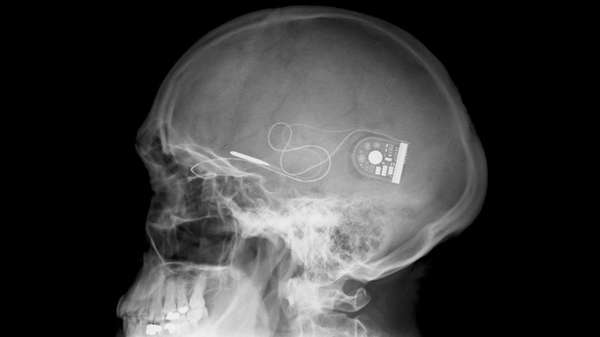New Retinal Implant 'Alpha IMS' System Restores Sight For The Blind

Advances in the restoration of vision have been fascinating to see, pardon the pun. Argus II relies on an external camera mounted to a pair of glasses, powered by an external processor. However, the Alpha IMS system, Developed by researchers at the University of Tübingen, Germany, uses electrodes placed within the patient's retina, re-engineering the human eye into a prosthetic.
The system detects light coming into the eye, which is sent to a microchip that sends visual signals to the brain. The brain processes this data as organic visuals, the same signals a healthy eye would transmit, and the patient sees a black and white image. To adjust the brightness, a dial is fitted just behind the ear, and the Alpha IMS is powered by a wireless pocket battery.
Continuing this trail of comparison, Alpha IMS has 1,500 electrodes, allowing for much more visual clarity and higher resolution imagery compared to the 60 of the Argus II. To the point, in fact, that patients were able to recognise fine details like facial expressions.
The fact that these are inside your eye means that patients can naturally look around by moving their eyes, whereas Argus II wearers have to turn their head. Plus the electrode and microchip's unique positions in the human body allow for the system to take advante of "natural processing power," in which the retina processes conditions such as motion and contrast.
Alpha IMS is only available to patients who lost their vision through diseases that destroy the eye's light-detecting cells. Of course, if the vision-processing parts of the nervous system are damaged, then there isn't anything for the system to send visual data to.
So far nine patients have been fitted with Alpha IMS, of which eight were successful. The reason one failed was due to an optic nerve head being touched during surgery, leading to an implant failure. However the results from those successfully fitted with the prosthetic have been truly awe-inspiring. Close up, they can detect smiles, whether someone is wearing glasses or not, and even finer close up details such as signs on doors. Far away, patients can make out houses, trees and even cars, identified by moving headlights. Nowhere is the emotional impact of this better represented than through a man seeing his wife's face.
Testing has begun in UK, Hong Kong, and Hungary, with an aim to further research the long-term stability and possibility of bringing this for of prostheses to the world. We look forward to seeing how this breakthrough progresses.
Source: The Royal Society

